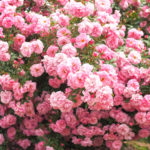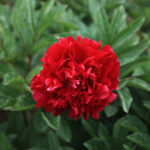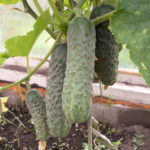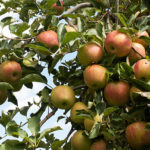Colorado spruce Isel Fastigiata
Thorny (Colorado) spruce - the aborigines of the American continent, more precisely, its western region. Their natural range is occupied by the Rocky Mountains and the adjacent territories. Colorado spruces are hardy, decorative, differ in an unusual, light-blue shade of needles. Since the middle of the 19th century, they began to attract the attention of breeders, including European ones. To date, many varieties and cultivars have been created, for which prickly spruce is the original "parents". Our current heroine is one of them.
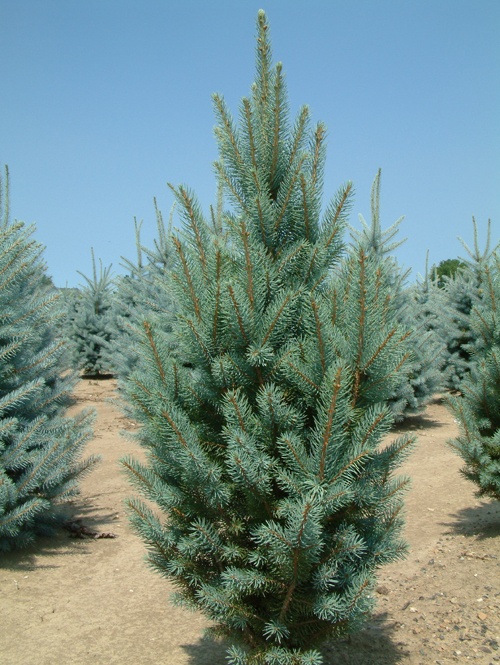
Find out about the origin
Not much is known about how Picea pungens Iseli Fastigiate originated. Preserved exact information that this happened in 1965 in the nursery Iseli Nursery (US state of Oregon). Initially, the unusually mutated plant was chosen from a variety of seedlings. Probably, Jean Iseli, the founder of the nursery (which later became a well-known company), took part in the selection and further "honing" of the variety.
Description of the variety
It looks like a tree with a slender, narrow-conical crown. It is characteristic that in the first 5-7 years the crown looks a little asymmetrical, too wide in the lower part. This is due to the fact that the lower tiers of the branches at first grow more intensively, and the upper ones develop more slowly. Asymmetry usually disappears with age.
The growth rate is relatively high, 20-30 cm per year, subject to quality care. By the age of ten, the spruce reaches 3 - 4 meters, and later it can grow up to 12 meters, with a crown about 4 meters in diameter. However, such sizes are very rare when it comes to garden plots and parks.
It has already been mentioned that the branches grow mainly upward, at a large angle. They are short and strong, thick, densely located on an absolutely straight trunk. This makes the crown of our heroine dense and very compact, as if neatly compressed from all sides. This is one of the few spruce trees that practically does not break under the weight of the accumulated snow.
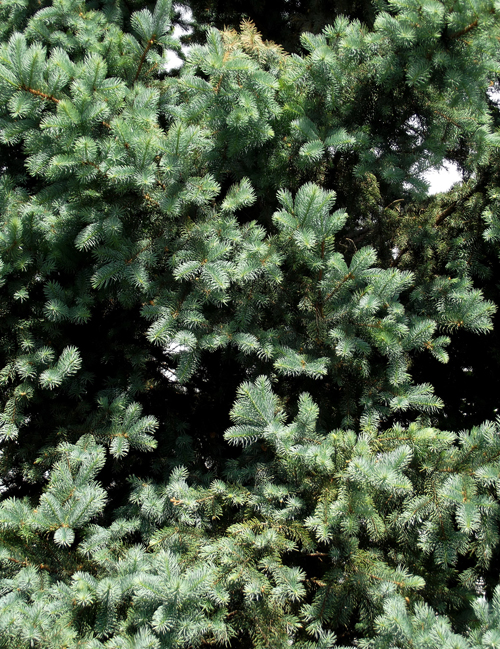
The needles are also thickened, short and hard, prickly, like all classic Colorado spruces. Her color is bluish blue, very beautiful at any time of the year. Often, the branches are decorated with small elongated cones that can hang on the tree for several years in a row!
Features of agricultural technology
In general, the variety is unpretentious, and its care resembles the standard techniques used for all thorny spruce trees. As a feature, a slightly increased demand for soil fertility can be distinguished, as well as a slight intolerance to overdrying of the soil. For this reason, thorough mulching with grass, bark and humus is strongly recommended in the first 3-4 years. This will help retain moisture in the trunk circle and will add organic fertilizer to the soil.
Good lighting is also important, Izeli Fastigiata loses its decorative effect in conditions of constant shade. In particular, the needles become dark, and the crown "disintegrates", acquires friability.
A big advantage is the tree's indifferent attitude to high levels of air pollution.
Features of use
So we have approached this issue unnoticed. From the previous statement, it is clear that the variety can be widely used for landscaping city streets and squares, decorating monuments, even if there is a high concentration of soot, dust and dirt in the air.
The alleys created with this spruce look great in parks. But it can also grow in solitude, attracting attention with its slender, graceful appearance and blue color.
An important advantage is that you can decorate even a small section of the garden or a tiny lawn with a tree, as well as plant it very close to the wall of the house.After all, as we already know, this spruce will never "get fat", and its slender silhouette will squeeze into any limited space.
By planting the Isel Fastigiata variety, you will get a specimen that will decorate the garden for many years, requiring almost no maintenance, except for the first few years.
